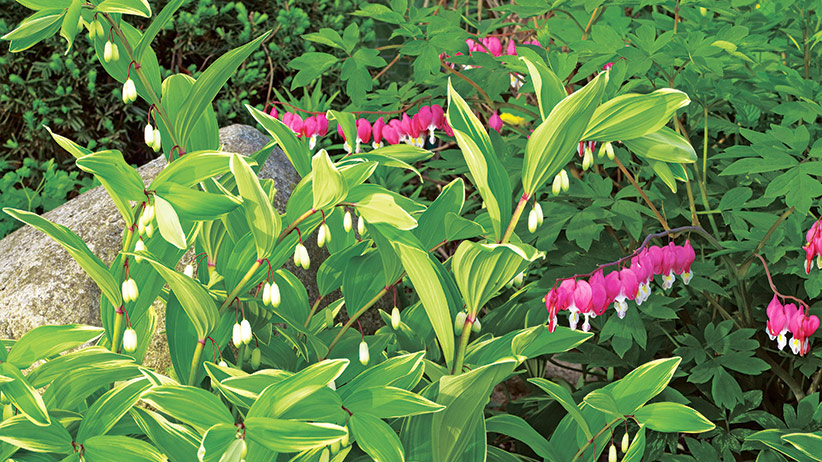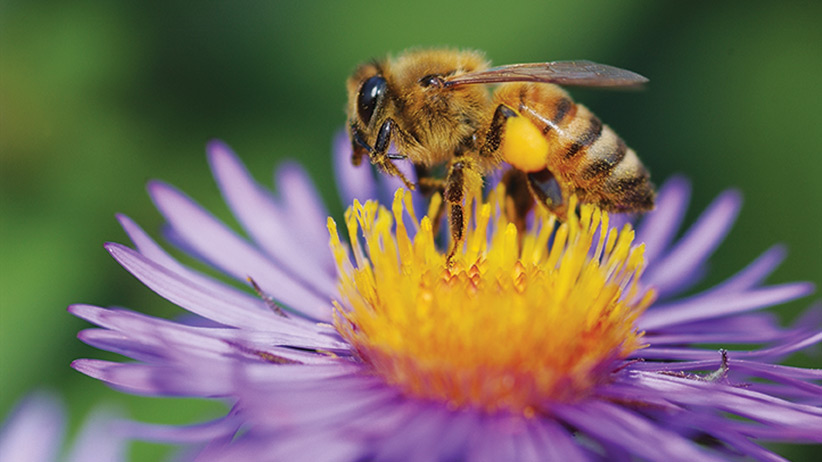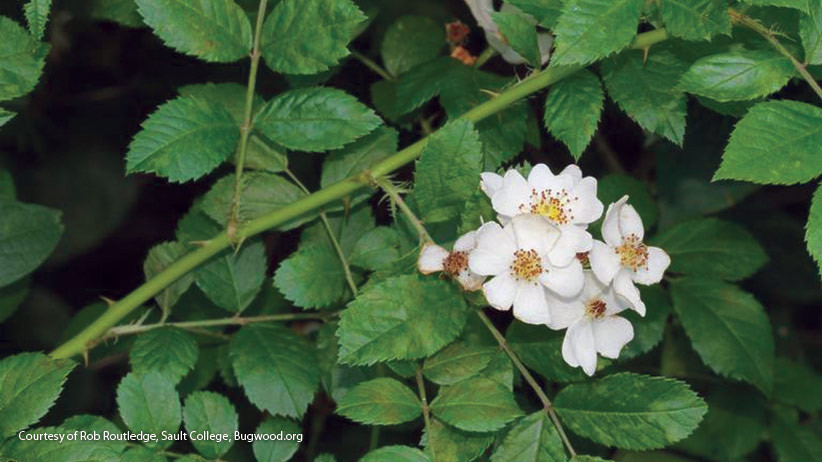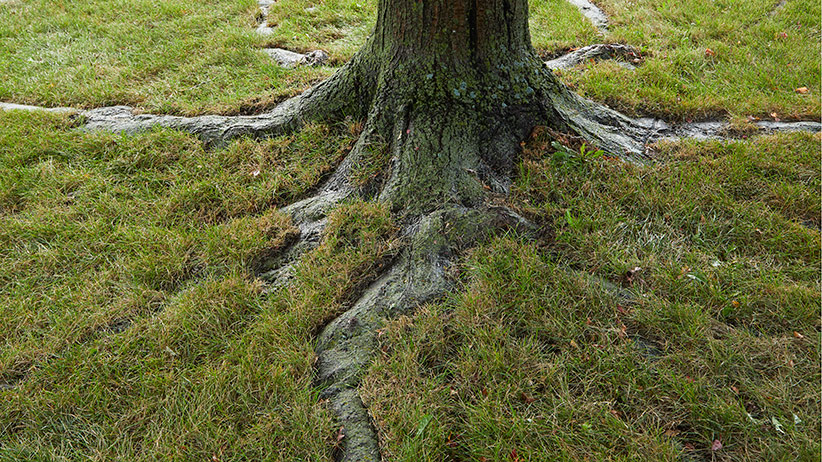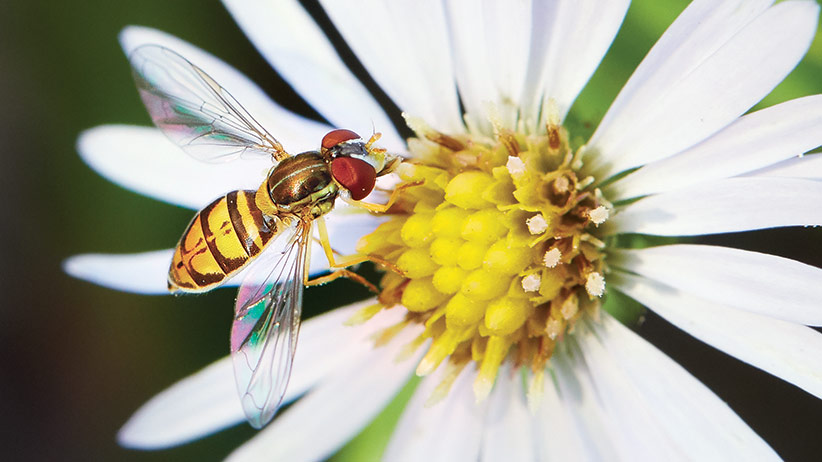
Lesser known pollinators
When you think of pollinators, no doubt the European honeybee and the monarch butterfly come to mind. These species are under stress, suffering massive population losses and, as such, are making headlines; indeed, we should care about their plight. But they’re not the only pollinators that matter. They all do. Even ants, flies, lady beetles, soldier beetles and wasps do important work in our gardens. Let me show you how to recognize — and welcome — these lesser known pollinators.
Supporting pollinators
Through sustainable gardening, you can help protect all the wildlife in your garden’s ecosystem. Eliminating or reducing pesticide applications, making sure these beneficial insects have plenty to eat at the right time and providing the best habitat will help protect pollinators. Here is what each of these fascinating insects needs.
You Might Also Like:
Use Flower Shapes to Attract Diverse Pollinators
Meet 5 Common Pollinators
How to Design a Garden to Attract More Pollinators
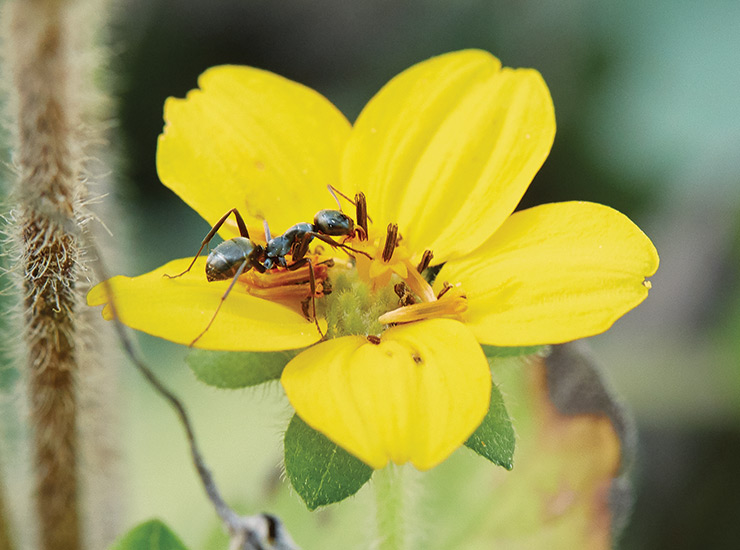
Common black ant (Lasius niger)
Ants are a group of social insects that are great lovers of nectar. Although often viewed as pests, ants play an important part in our ecosystem, including pollination. Did you know that the common black ant is a frequent pumpkin pollinator? Pumpkin flowers are only open for a short time, so if they are open and there are no ants around, your pumpkins might not get pollinated. (But don’t worry too much: Bees also pollinate pumpkins, so if ants don’t do it, bees might.)
Ever notice ants on your peonies? Ants don’t actually pollinate peonies, but they make it possible for them to be pollinated. Peonies secrete nectar outside the flower buds. When ants climb the stems to harvest the nectar, they chase away other insects that eat the flowers, such as armored scale, mites and thrips. The ants are protecting their high-energy food source while the peony gains protection from predators that could destroy the flower bud (and thus, flowers for future pollination).
Attracting black ants
Ants feast on nectar-rich flowers, visiting inconspicuous, low-growing blooms positioned close to the stem. Ants are wingless and must crawl into each flower to reach their reward.
Favorite plants
- Green-and-gold (Chrysogonum virginianum)
- Marigold (Tagetes spp. and hybrids)
- Pumpkin (Cucurbita pepo)
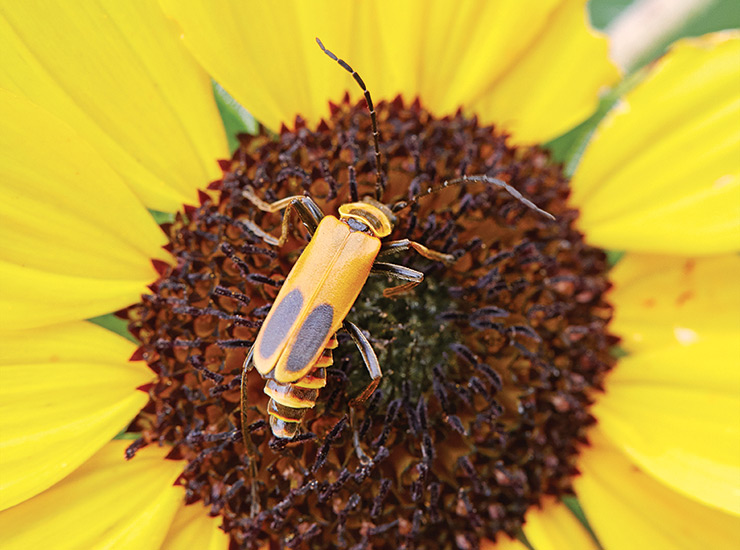
Goldenrod soldier beetle (Chauliognathus pennsylvanicus)
The goldenrod soldier beetle is often seen on goldenrod flowers, as the name suggests, but it also visits many other fall and late-summer flowers. The goldenrod soldier beetle feeds primarily on flower pollen and nectar, and in doing so, pollination occurs; they also eat small insects, such as caterpillars, as well as insect eggs and aphids.
Goldenrod soldier beetles are harmless; they don’t bite or sting. They also don’t cause damage to plants, like insects whose larvae eat plants: Goldenrod soldier beetles’ larvae live in the soil and eat other insects.
Attracting goldenrod soldier beetles
Fall-blooming plants, such as the sunflower above, are especially necessary for insects like the goldenrod soldier beetle to stock up on food to survive winter. In fact, sunflowers are so attractive to pollinators that they are an important part of a nationwide pollinator count! Since 2008, citizen scientists have been contributing to The Great Sunflower Project to help scientists evaluate pollinator populations across the United States.
Favorite plants:
- Anise hyssop (Agastache foeniculum)
- Goldenrod (Solidago spp. and hybrids)
- Milkweed (Asclepias spp. and hybrids)
- Queen Anne’s lace (Daucus carota)
- Rattlesnake master (Eryngium yuccifolium)
- Sunflower (Helianthus spp. and hybrids)

Flower fly
Forget the flyswatter and meet flower flies. This group of flies from the Syrphidae family forage a wide range of flowers, and at first glance, you might not think they are flies at all. Flower flies are delightfully color-rich and easy to spot. All you have to do is look for them. You may not have known you were looking at a fly, since many flower flies mimic bees or wasps, having yellow and black stripes.
Identifying flower flies
The easiest way to tell the difference between flies and bees or wasps is the number of wings: Flies have two wings while bees and wasps have four. Wasps also have a cinched waist. Bees are hairy, some more than others, but flower flies are not. And flower flies, often called “hover flies,” have different habits, such as hovering before flower foraging.
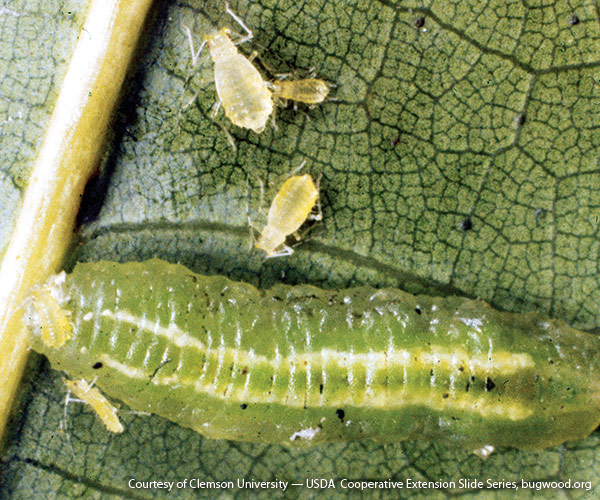
The food for the flower fly is different at the larvae or grub cycle than it is for the adult: Many flower fly grubs feed on aphids. As such, the female will lay her eggs on plants with aphids, so once the larvae emerge from the egg, a ready supply of food is available. Look carefully on your plants with aphids, such as roses or milkweed, and you may see the larvae eating aphids. That’s what’s happening above.
Master of disguise
Most predators will avoid bees and wasps. Many flower flies mimic wasps by waving their front legs in front of their face to imitate the jointed antennae of the potter wasp. Scientists believe this mimicry is a form of protection since birds will eat flies, but not wasps or bees.
Attracting flower flies
Adult flower flies feed on both nectar and pollen, visiting a variety of blooms each day. While they are eating, pollination occurs. Their floral preferences are plants with aphids, since they can get nectar and pollen as well as not having to travel far to reproduce. Did you know hover flies can control up to 70 percent of an aphid infestation? Instead of hosing off aphids from your plants, wait for their predators. Attracting flower flies will do the job for you!
Favorite plants:
- Aster (Symphyotrichum spp. and hybrids)
- Milkweed (Asclepias spp. and hybrids)
- Rose (Rosa spp. and hybrids)
- Sweet alyssum (Lobularia maritima)
You Might Also Like:
Beneficial Garden Insects
Butterfly and Caterpillar Framed Print
Pollinator Plant Pairings for Every Season

Lady beetles (Coccinellidae spp.)
The lady beetle is often called a gardener’s best friend because it eats what we view as pests — mites, thrips, whiteflies and aphids! In fact, the lady beetle won’t lay eggs without aphids present. As lady beetles feed, they move pollen around from flower to flower. Like flower flies, a female lady beetle lays her eggs on plants where the larvae will find food once the eggs hatch. All 450 species of lady beetles in North America need both insects and pollen to survive because the larvae feed on a wide range of soft-bodied insects, including aphids, adelgids, mites and insect eggs. To protect them, don’t spray flowering plants with pesticides.
Attracting lady beetles
Lady beetles prefer plants with flat flowers so they can easily alight to feed.
Favorite plants:
- Caraway (Carum carvi)
- Coreopsis (Coreopsis spp. and hybrids)
- Cosmos (Cosmos spp. and hybrids)
- Dill (Anethum graveolens)
- Fennel (Foeniculum vulgare)
- Marigold (Tagetes spp. and hybrids)
- Nasturtium (Nasturtium majus)
- Sunflower (Helianthus spp. and hybrids)
You Might Also Like:
Companion Planting Ideas for the Veggie Garden
Pollinator-Friendly Garden Plan
Gardener's Problem Solver Book
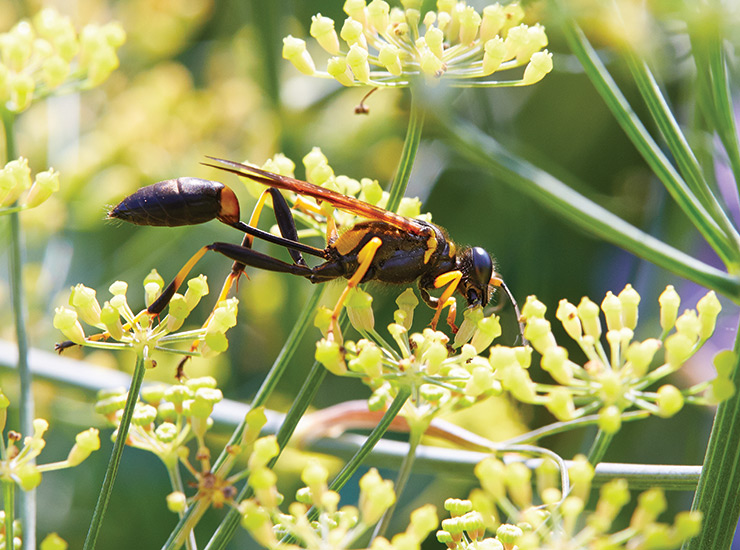
Mud dauber wasp (Sceliphron caementarium)
A noticeable characteristic of any wasp is its cinched waist, and the mud dauber wasp takes this to the extreme! Mud dauber wasps are capable of stinging like all wasps; but unlike honey bees, which sting to defend their social hive, mud dauber stings are rare. As solitary insects, they don’t have a hive to protect.
Mud daubers build small mud nests, resembling ancient adobes, but round. These nests are common around homes, sheds and other open structures. Adult mud dauber wasps feed on nectar and pollen from flowers. In doing so, they are considered excellent pollinators, but because of their smooth bodies, they are not as efficient as bees with hairy bodies.
Mud daubers also feed on honeydew (a sugar-rich sticky liquid, secreted by aphids) and body fluids from the spiders they capture.
Attracting mud dauber wasps
Mud daubers are attracted to the color yellow (including your yellow shirt or hat!). Although they will feed from other colors, to really bring them in, plant yellow flowers like the dill below.
Favorite plants:
- Dill (Anethum graveolens)
- Figs (Ficus carica)
- Goldenrod (Solidago spp. and hybrids)
- Raspberries (Rubus idaeus)









